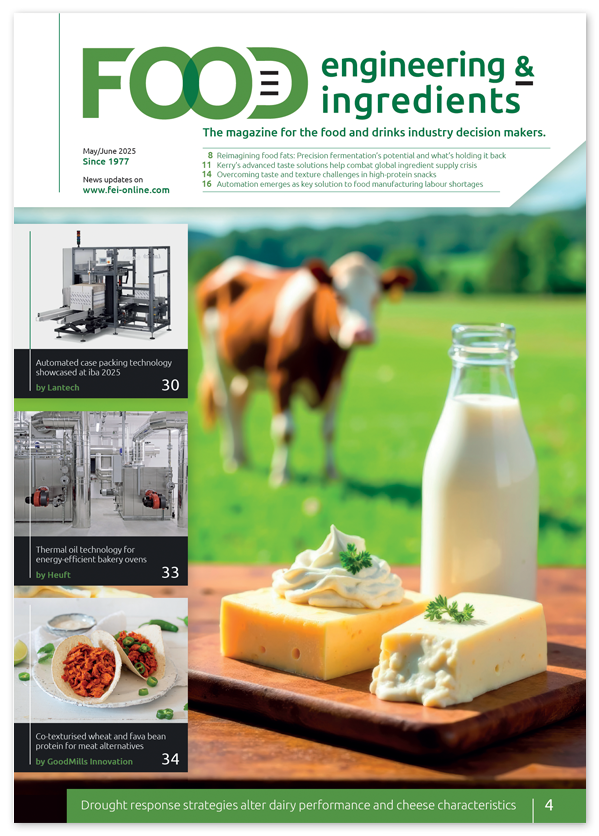Whole-grain food consumption impacted by consumer scepticism and lack of labelling standard
Despite numerous health benefits and recommendations from dietary guidelines, whole-grain food intake remains low globally. A research article featured in the Journal of Nutrition Education and Behavior, < https://doi.org/10.1016/j.jneb.2022.08.006 >, looks at consumer understanding of whole-grain food definitions and industry labelling practices.
“Without clear regulation and labelling standards, the benefits of educating consumers on how to increase whole-grain intake may be lost,” says lead author Katrina R. Kissock, PhD, APD, School of Medical, Indigenous and Health Sciences, University of Wollongong, Wollongong, NSW, Australia. “This study supports the need for a global whole-grain labelling system based on standardized definitions to help consumers make informed food purchases.”
This study recruited consumers with flyers in community locations as well as through social media. The resulting ten focus groups were asked open-ended questions on four topics: grain food choices and whole-grain consumption; identification of whole-grain foods; perception of labelling; and opinions on hypothetical package labels. In addition, 17 food industry representatives, including dietitians, food scientists, marketers, and regulatory personnel, were recruited by direct email to examine awareness and understanding of whole-grain food definitions and regulations; hypothetical adoption of whole-grain food definitions by the food industry; and how definition adoption might impact consumers.
During focus group discussions, scepticism significantly impacted consumer understanding and consequently grain choices. The consumer focus groups expressed scepticism of grain food labelling, whole-grain content claims, symbols such as the Health Star Rating and marketing of products as healthy. Consumer comments included, “I don’t know how much whole grain a product has to have to get a label. Does it mean 5% or 3%?” and “I don’t have any idea what 16 grams of whole grain per serving means.”
When looking at hypothetical labels, consumers had a strong preference towards use of whole grain within the name of the product as opposed to a separate and generic whole-grain content claim not in the name of the product, e.g., “contains whole grain.” Industry representatives generally did not think consumers noticed that level of nuance in front of package labelling. A simple statement of the percentage of whole grain in a product was considered clear and easy to understand by consumers, and industry representatives agreed that the current percentages used by the Whole Grain Initiative definition were appropriate. Both consumers and food industry representatives identified problems with current labelling of wholegrain foods and highlighted the need for clear, consistent labelling.
“It was evident that limited consumer understanding and confusion related to whole-grain foods contributed to scepticism, perceptions of healthfulness, and buying decisions,” concludes Dr Kissock. “Definitions, regulations and consumer education are strategies that could improve consumption of whole-grain foods.”




